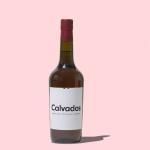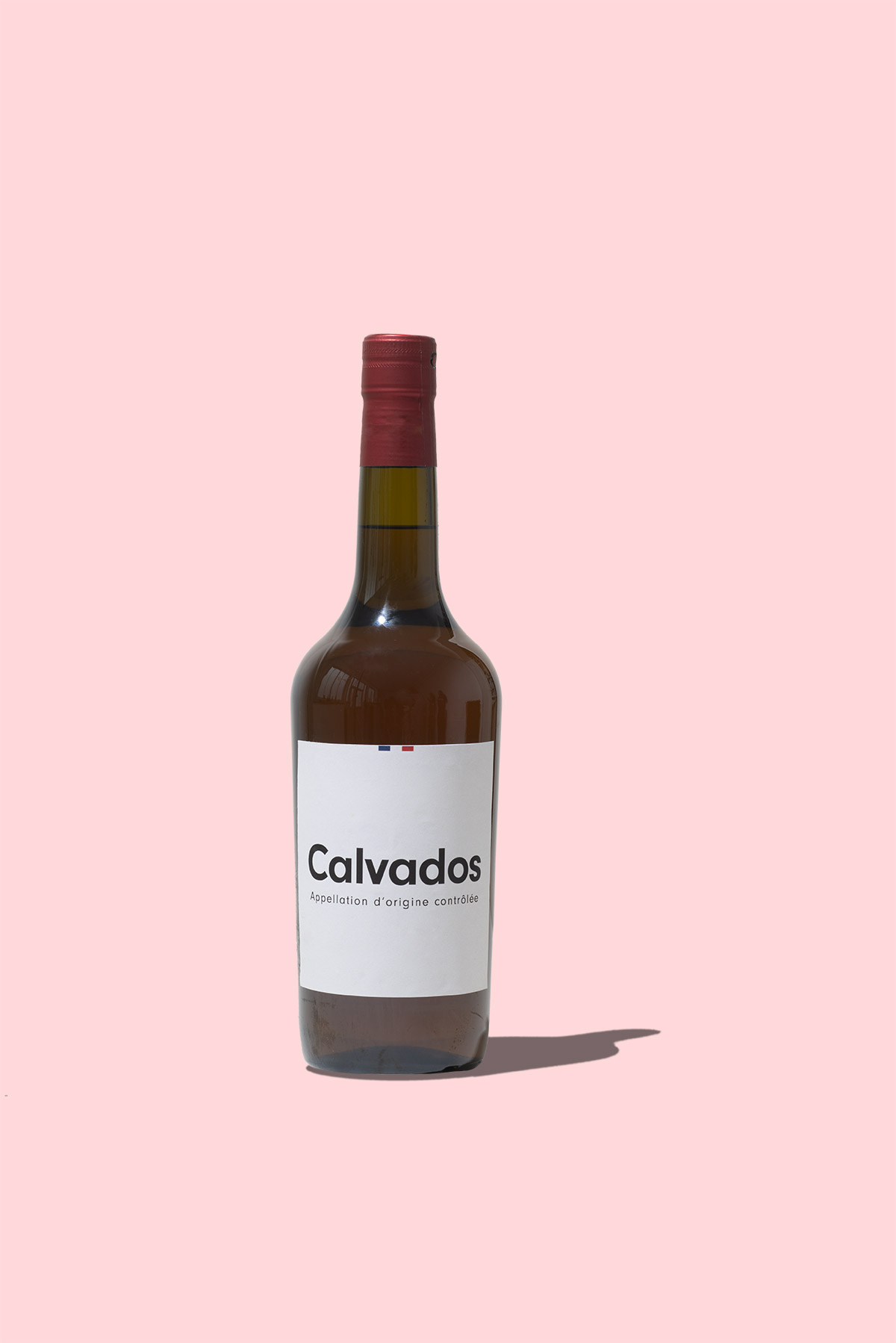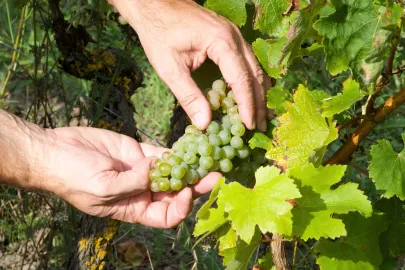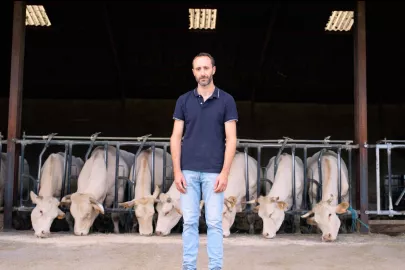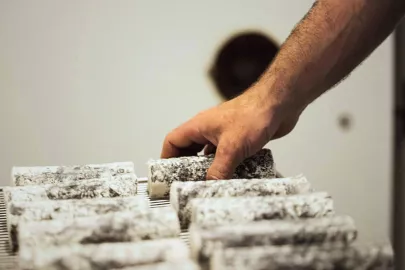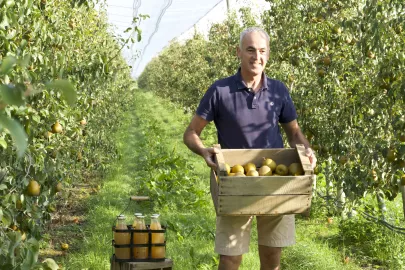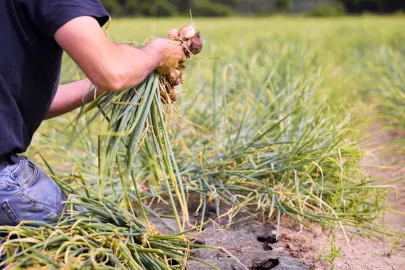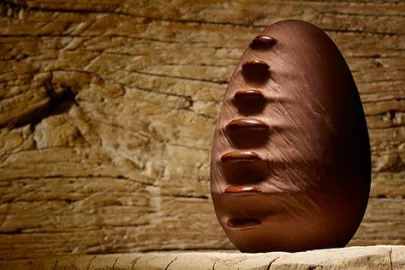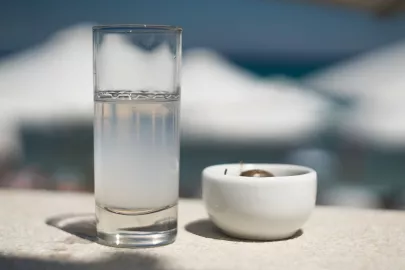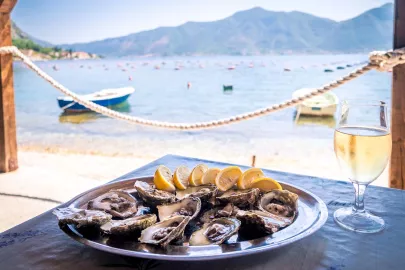For generations, people in Normandy have distilled their famous cider to create Calvados, one of France's most celebrated spirits. Made from apples and aged in barrels, this iconic Normandy beverage has received a modern makeover thanks to mixology. Before we explore the trendy Calvados cocktails popping up around the world, let’s take a trip to Pays d'Auge to learn about the ingredients that make "Calva" truly unique.
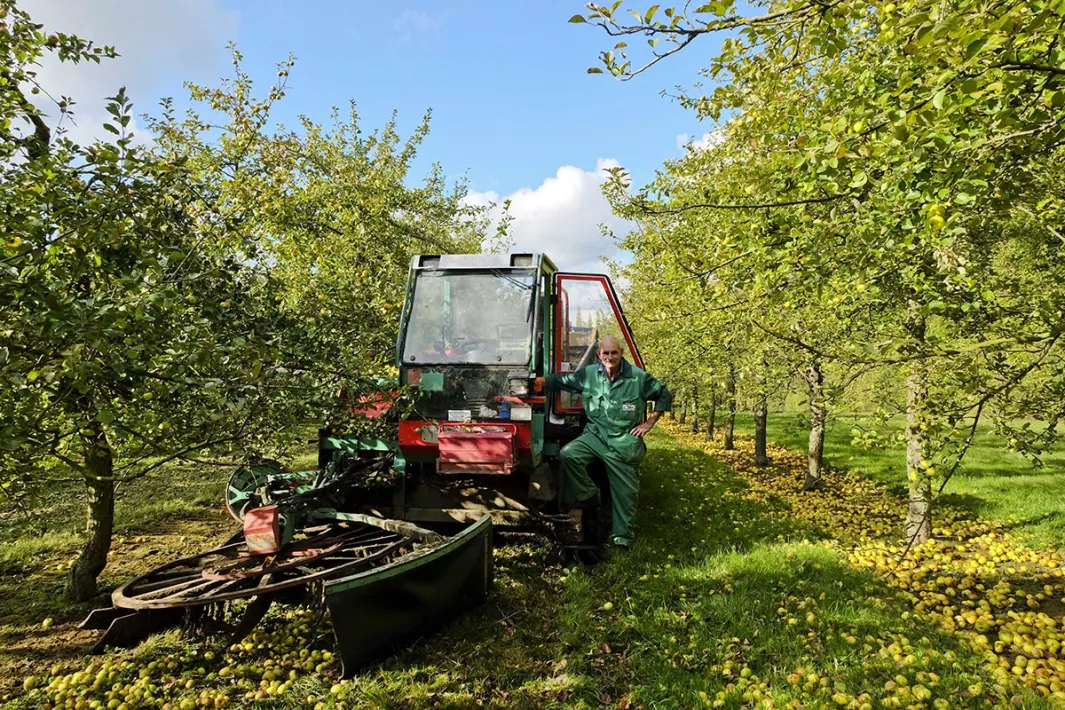
What is Calvados?
Calvados is an apple brandy from Normandy, France, made by distilling fermented apple cider and aging it in oak barrels for at least two years. It has a rich, fruity flavour with notes of baked apples, spices, and vanilla, enjoyed both on its own or in cocktails.
- Origin: Normandy, France.
- Main Ingredient: Apples (sometimes pears).
- Aging Process: Aged in oak barrels for a minimum of two years.
- Alcohol Content: Typically 40% ABV.
- Flavour Profile: Varies from fresh apple to complex notes of baked apples, spices, and vanilla depending on age.
- Types: Ranges from young, fruity varieties to well-aged, complex versions.
A Behind-The-Scenes Look at a Trendy Spirit
The hottest bars around the world are now offering cocktails with evocative names like Big Apple, Heart of Normandy, and Drakkar Rouge. What do they all have in common? Calvados. The classic "Calva" from your grandpa's era has had quite the facelift, becoming a fashionable vintage spirit. Let’s head to Pays d'Auge in central Normandy to discover all there is to know about this legendary apple brandy.
Today, I'm meeting with Morgan Rubiard, the Tour Director at Château du Breuil, a key hub for Calvados production. "Château du Breuil produces and sells Calvados worldwide," Morgan tells me. "Clients from northern countries enjoy the refreshing and subtle, fruity flavour of a “young” Calvados, which is still aged in barrels for at least two years. They drink it on its own, similar to their traditional white spirits—aquavit and vodka. On the other end of the spectrum, the Japanese who love whisky, prefer our more traditional types of Calvados that are aged over a long period. This Calvados features complex aromas of baked apples, spices, and vanilla."

Freelance bartender Guillaume Six, who often collaborates with Château du Breuil, notes that "young customers' enthusiasm for cocktails has been growing consistently since the 2010s, especially among those aged 18-21. This segment prefers sweeter flavours and drinks with lower alcohol content. Young adults enjoy a 'cocktail hour,' a light-hearted time in a fun place to chat with friends."
The most popular Calvados cocktail is the Normandy Mojito, made with young Calvados, elderflower liqueur, fresh mint, brown sugar, lime juice, and tonic water.
This is how "good old Calva" is transformed into a trendy drink. Young Calvados has a strong apple flavour, "which means you can use less. For example, it only takes one ounce of Calvados to make the Normandy Mojito compared to two ounces of rum used in a classic mojito," says Guillaume Six. "For the same reason, Calvados liqueur, made from Calvados and apple juice with a sweet flavour and lower alcohol content, is also popular in modern mixology," he continues. Bartenders are creating sparkling and refreshing "day" cocktails as well as rich, sweet "dessert" versions made with cream in response to this new way of enjoying Calvados.
Different types of Calvados are used, from the youngest to the oldest varieties, including those with specific finishes and barrel-aging processes. Calvados is also featured in simpler recipes that highlight the spirit's sophisticated taste. The more Calvados is used in aperitif cocktails, the more slowly they are meant to be sipped.
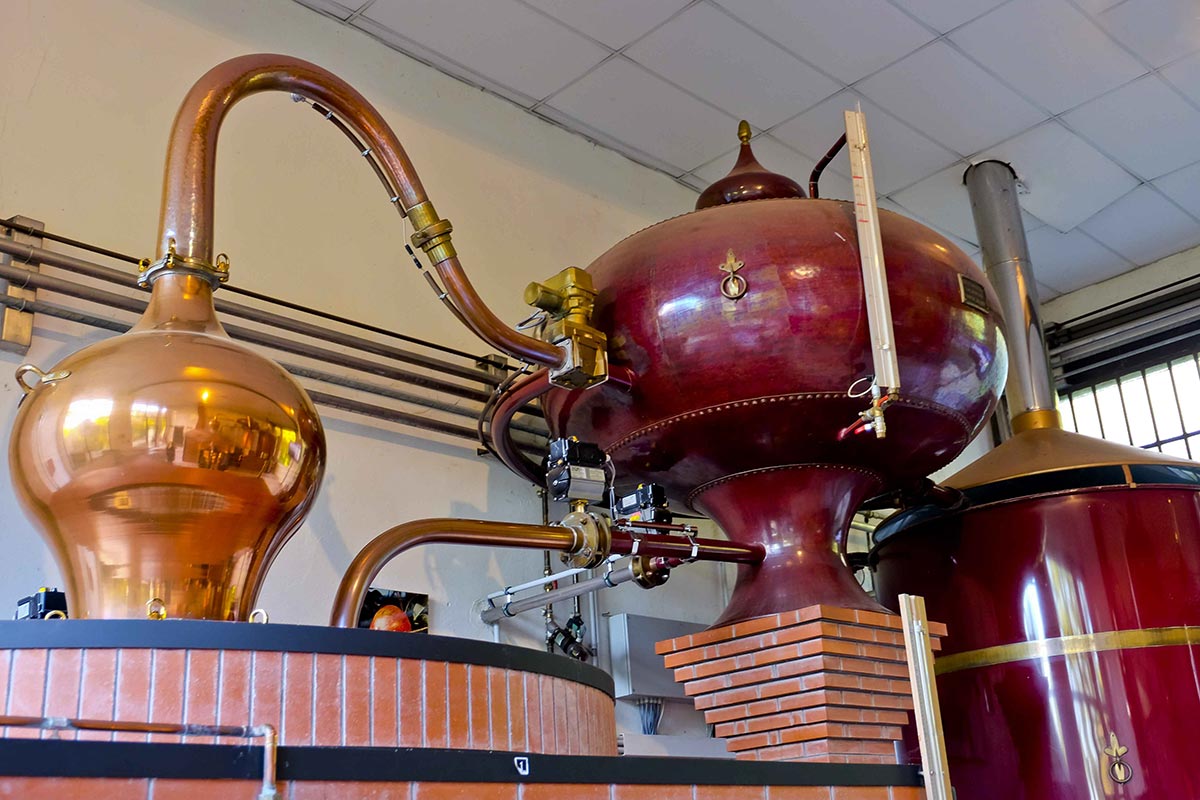
As we leave the hangar, we hurry to meet Cellar Master Philippe Etignard in a stunningly beautiful old building, a former spinning factory converted into a Calvados aging cellar. Step three: distillation and aging. On the ground floor, we enter a room lined with oak barrels and vats laid out on a gravel floor.
Because conditions change every year, the most interesting thing about this business is that we have to adjust our methods each time. There is no one recipe!
Complex fragrances of wood and cooked apples blend together in the room. "The fermentation of the yeast in the cider creates a wide range of aromas. Our job is to capture them through the distilling process," explains Philippe Etignard. We walk into the next room, where a giant Charentais still, a key part of the cider's PDO Pays d'Auge certification, holds pride of place. The impressive device looks like it was designed by a giant mad scientist. The Charentais still concentrates the alcohol by heating the cider, which has a 5% alcohol content, creating a liquid with 70% alcohol known as brandy. "Because conditions change every year, the most interesting thing about this business is that we have to adjust our methods each time. There is no one recipe!" says the bespectacled cellar master, a mischievous gleam in his eyes.
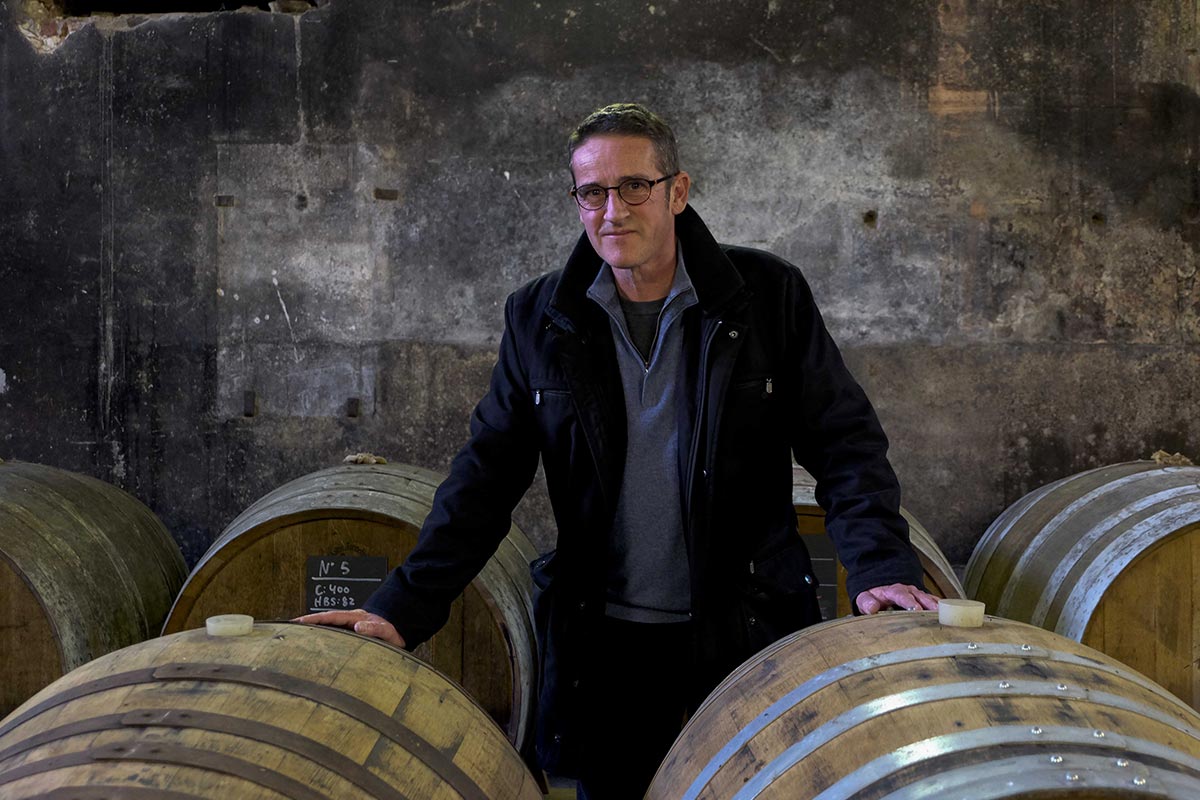
No matter how you drink it, though, you should always look for high-quality Calvados. But what exactly makes for a "good Calva?" Morgan Rubiard walks us through his production process step by step.
Wash and grate the apples
Step one. The apples arrive from the orchards in bins and are poured into the factory's large cement holding tanks, creating a multicoloured mountain of green, yellow, and red apples! These apples come in many varieties, with flavours ranging from bitter and bittersweet to sweet and tangy.
This mix of apples is essential for making balanced-tasting cider, which will be distilled into a good Calvados.
The apples are then pushed through a channel where a continuous flow of water washes them and carries them inside the hangar. Inside the processing facility, the apples are grated and pressed, containers are emptied and refilled, and assembly belts and tubes crisscross in every direction. To the left of the entrance, the apples are dropped into a crusher machine. The resulting apple pulp is funneled into a giant press, which extracts the apple juice known as must. A very strong fragrance of apples fills the air.
Crushing and blending the must oxygenates the mixture and activates the yeast in the fruit. This yeast triggers the natural fermentation process that creates cider.

Next stop, cider.
Step Two. The must is transferred through pipes to large stainless steel tanks, where it will gradually turn into cider. "It takes at least three weeks after the must is moved to the tanks," says Morgan Rubiard.
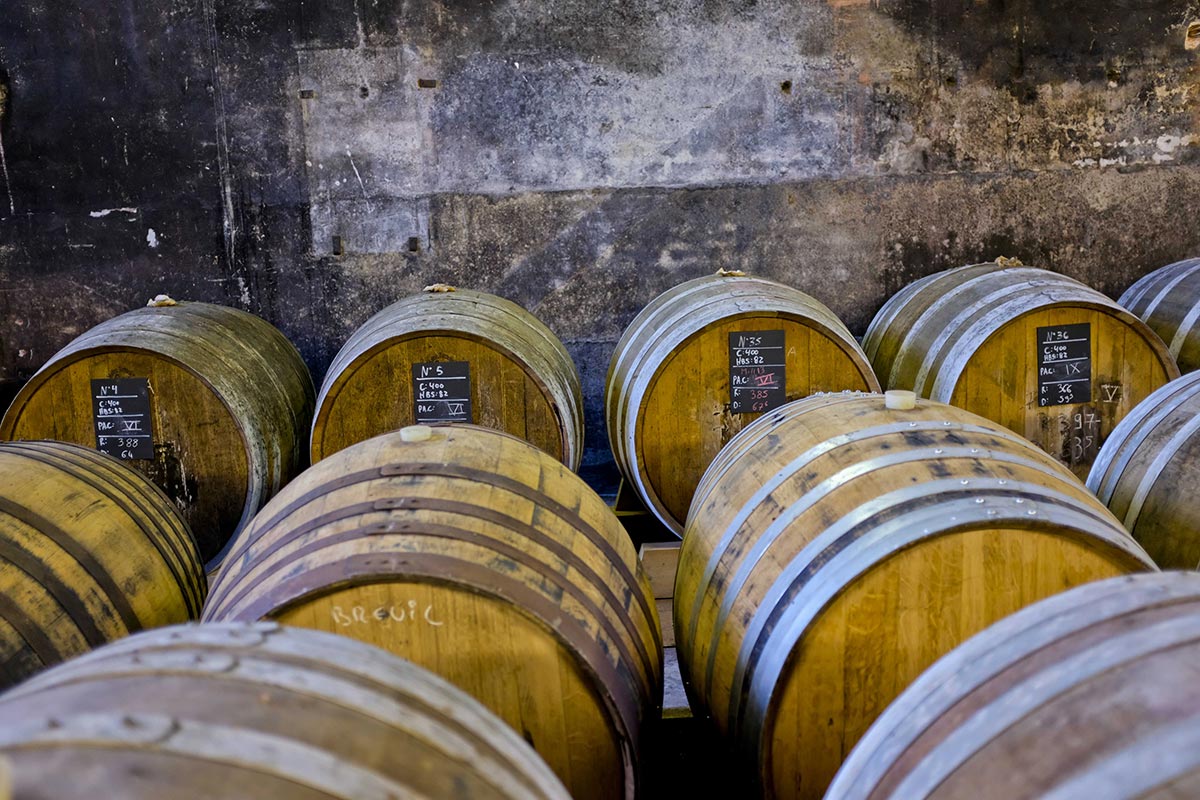
Expert alchemy
The valuable liquid is then transferred to oak barrels to age until it becomes Calvados. "Temperature and humidity play important roles in the aging process," explains Philippe Etignard. "In a drier cellar, more water evaporates from the barrels, causing the alcohol levels to stagnate or increase. In a more humid cellar, more alcohol evaporates, lowering the alcohol level." Aging involves regularly transferring the liquid from one barrel to another to achieve the desired alcohol percentage before bottling. Over time, the aroma of Calvados begins to emerge, and its colour changes from light gold to dark amber. The scent of fresh apples in a young Calvados gradually transforms into complex aromas of cooked apple, wood, vanilla, honey, and walnut.
I really enjoy extracting specific aromas from these spirits
This is where the cellar master's creativity shines. Calvados can be aged in oak barrels that previously held other liquors, like whisky and Sauternes. Calvados from different barrels can also be blended to combine their flavours. These operations require constant taste tests. "It’s important to regularly evaluate the characteristics of the Calvados to create the right blend or transfer the liquid to another container at the right moment," says Philippe Etignard.
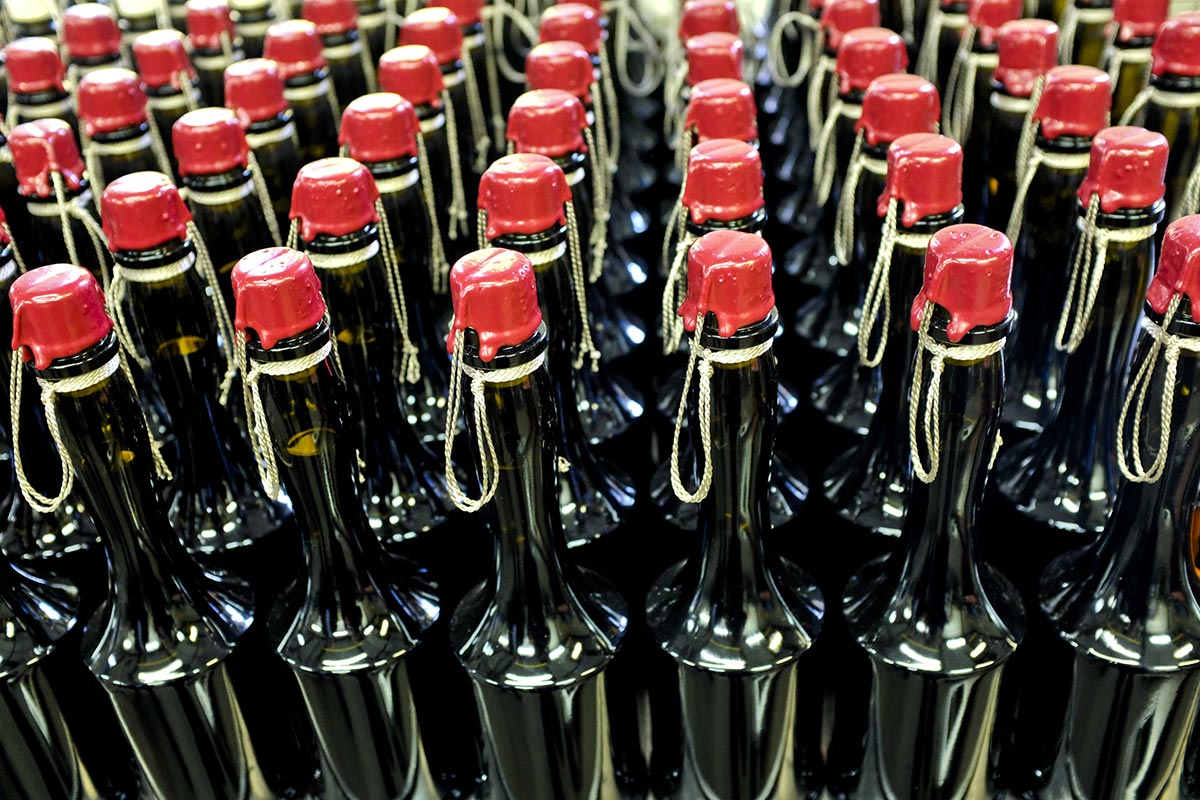
A Calvados for everyone
Clearly, there’s a Calvados for everyone, whether you prefer a refreshing taste with fresh apple aromas or a deeper flavour with notes of cooked apple. "I really enjoy cocktails, and my personal favourite is the classic Jack Rose, made with Calvados, lemon juice, and grenadine," the cellar master tells me before returning to his "laboratory."
Back in the tasting room, Morgan Rubiard makes me a Calvados tonic. This cocktail features tonic water and a young Calvados with a couple of ice cubes. Every sip bursts with flavour. It’s decided. When I get back home, I'm taking my grandfather's "Calva" out of the cupboard and making a cocktail!
More about Calvados
Contributor

Editor

